The energy of a busy New York street frequently reminds me that style can coexist with eco-friendliness. Attending a recent private screening at the Museum of Modern Art in Manhattan, I was captivated by an up-close dialogue between designers who have made sustainability their watchword and lots of industry folks who enjoy a good carbon footprint reduction. The conversation was so intimate, in fact, that I felt slightly guilty eavesdropping.
But eavesdrop I did, and I learned some important lessons about the not-so-distant future of fashion. Under the glimmering chandeliers of the MoMA, the first of the evening’s two conversations unfolded over organic red wine and local, sustainable canapés. I was struck by a moment when Gabriela Hearst, who has committed to sustainable materials and has been reshaping our expectations of high fashion, took the stage during a panel at Fashion Revolution Week in Los Angeles.
Her talk was laced with the kind of humor and self-deprecation that make you like a panelist, and it was cut together with some short videos that told the story, more or less, of her life as a designer and what led her to where she is now. To make a long panel short, Hearst’s work is a statement of not just style but environmental activism. It is deeply fashionable and also deeply responsible—and, I should add, not just because Hearst is a new designer, in many ways, on the block.
The ease with which she appears to tackle both spheres makes for a panelist who embodies the kind of enigma that is becoming less enigmatic—at least in terms of the vision she represents—among that new generation of style mavens. Strolling through the streets of Los Angeles just a few weeks later, I found a materialization of that ethos on display. At a pop-up shop in the Arts District, a sustainable fashion boutique was showcasing the latest line from Stella McCartney—an almost unfathomable 12-piece capsule collection balancing the delicate act of serving both “environmental, ethical, and aesthetic values.” And indeed, each of McCartney’s designs met those three objectives, turning everything we might know or imagine about sustainable fashion on its head.
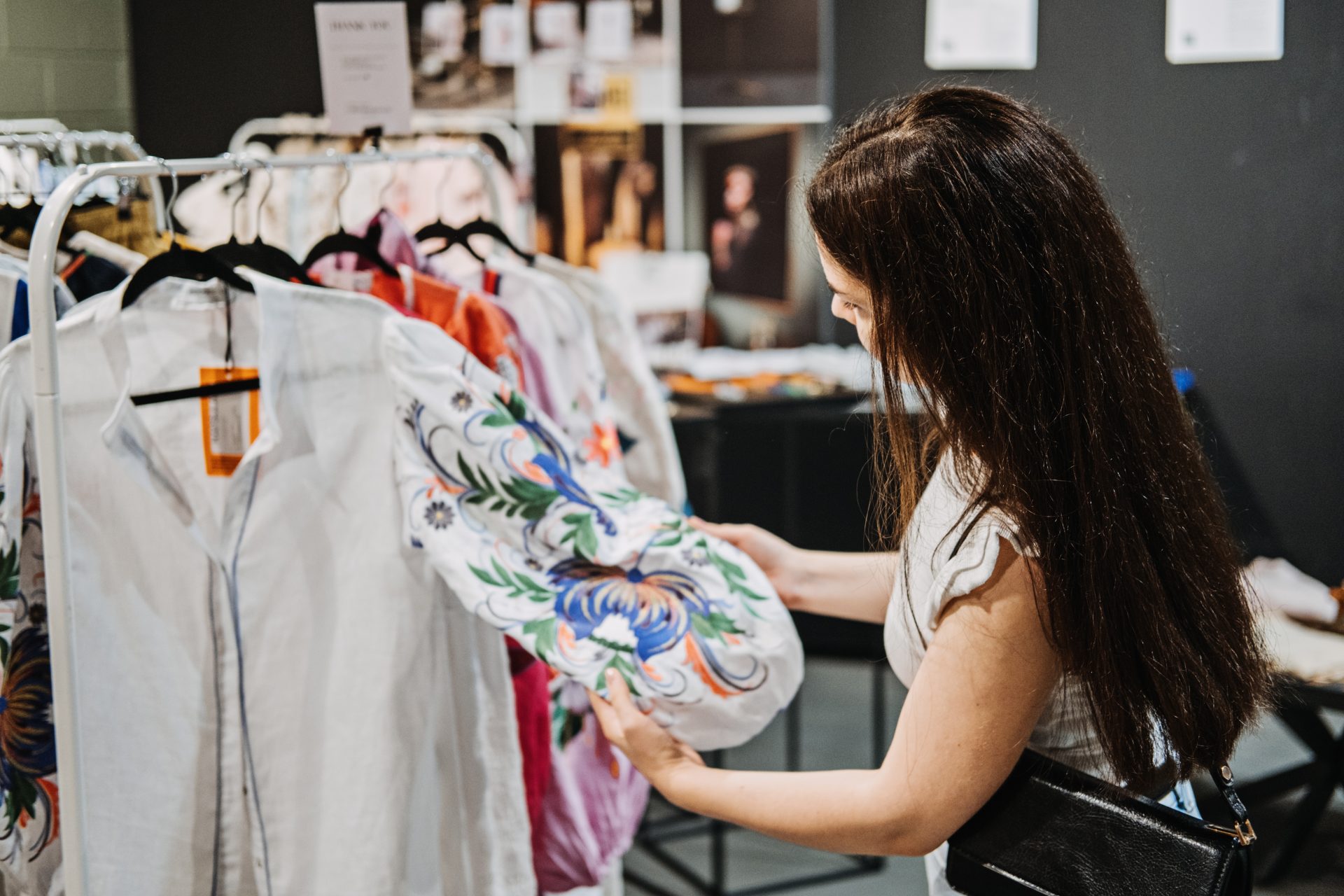
Mind you, this was not an act of virtue signaling; each piece truly represented a path towards sustainable luxury. One of the season’s most unforgettable instances was when I went to a private viewing in a concept store in SoHo that was dedicated to celebrating craftsmanship that takes the eco-friendly route. Among the selection that had been carefully curated for the event, a line of upcycled denim jackets caught my eye.
Not a single jacket in this collection could be described as anything close to ordinary. When was the last time you saw a piece that was basically an avant-garde, artful reinterpretation of what used to be a run-of-the-mill waistcoat? I found half of a pair of vintage overalls, repurposed into what might be the most unexpectedly stylish casual blazer I’ve ever seen.
And lest you think a tailored look with a half-open lapel (downright dangerous if a fashionista needs to raise a hand in an emergency) was the end of that mind-bending passage, on the back of the jacket was a collage featuring the five senses—a veritable “Twelve Times Sensational” moment. At a recent industry mixer in San Francisco, I met an assortment of influencers who are redefining the term “eco-chic” for today’s digital context. One was a well-known stylist whose name has graced more than a few high-fashion projects.

She told me about her current work with brands like Reformation and Everlane, which she described as on-trend, sustainable, and, yes, quite “eco-chic.” Her mix of modern and vintage clothing makes her, in my mind, a pretty flawless example of what sustainable styling can look like. And when I say “flawless,” I mean “flawless”: no sustainable style mishaps here, to my eyes, at least. I thought about what I had learned from some recent projects and remembered some of the pieces I was working on with my EBSJ classmates.
A specific evening in early autumn remains etched in my memory—a certain recent evening when I was at an eco-fashion symposium in Chicago, mingling with some of the most powerful voices in sustainable design. Representatives from Amour Vert, the eco-conscious apparel brand, introduced me to the world of sustainable fabric—where every garment is crafted with the right kind of materials, using the right kind of methods, for the right kinds of reasons. They were passionate and smart, and what they told me made a lot of sense.
But later, when I found myself by the window looking out at the odd combination of a fire in the sunset and a deep chill in the air, I struggled to find a way to visualize what revolutionary looks like in the world of sustainable design. The quest for a greener wardrobe is not without its hurdles, but what it lacks in ease, it makes up for in juicy narratives and revelations that make discovering alternatives to fast fashion an exercise in style, creativity, and, above all, transparency. For me, eco-chic has come to mean not only elevated, responsible pieces but also a real closeness to the stories behind them—the innovations in materials, the artistry in upcycling, the bringing together of creative disciplines that, like the collaborations in which I now know the well-known denim company to be engaged, lead to mind-blowingly awesome pieces of clothing that feel as good to wear for all the reasons that clothes can be good to wear as they are for the very things that make them good pieces of clothing.
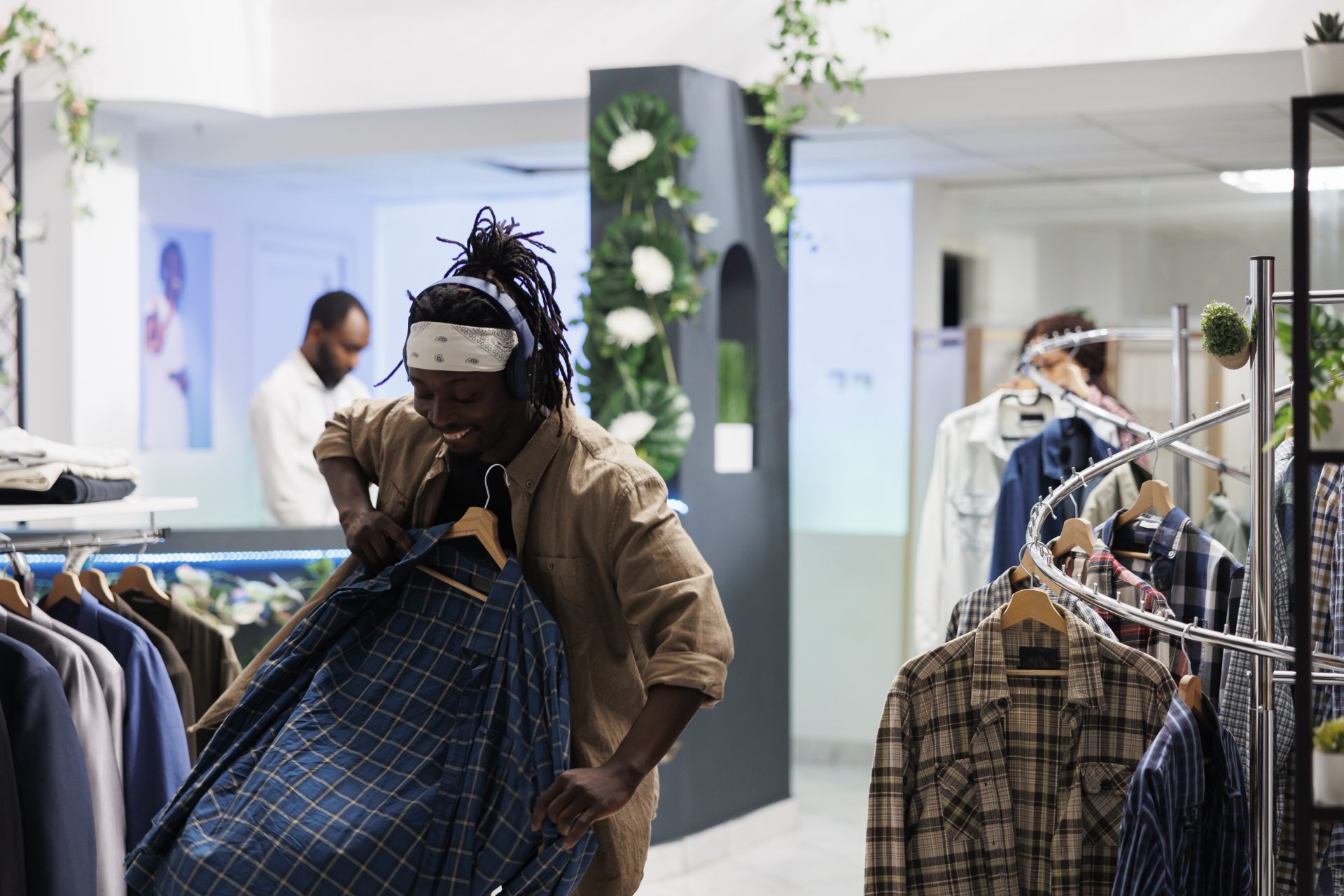
I find eco-chic to be a very personal journey. In my wardrobe, I increasingly appreciate garments that tell stories—like the hand-dyed silk scarf I got from a small studio in Portland, or the vegan leather boots I got from a stylish, independent designer in Brooklyn. Most of the pieces in my closet are now from designers who produce work responsibly, if not always sustainably, and who carry a fair amount of the labor and environmental costs of their goods.
I value the work, the space, and the hands that made what I’m wearing. I assume that you, dear reader, carry a fair amount of those costs, too. I know from the very outfits I’m wearing that my choices align pretty closely with my values.
A recent weekend brunch hosted by a group of sustainable fashion influencers provided the opportunity to share and hear stories about the world of eco-chic. Held at a stunning downtown Los Angeles location, the event featured a table beautifully set with botanicals and the array of eco-friendly accessories that served as starters for all the conversations we had about style and sustainability. I had the chance to share a handful of the icons that I believe serve as a beacon of sorts for the movement that is eco-chic.
One is Gucci Off The Grid, a collection that is superstar sustainable. Another is Eileen Fisher, whose collection is the very definition of minimalist elegance. As we chatted, I felt the designing and dressing moments that constituted the glam life of eco-chic just bursting from all of us.
When I think of these occurrences, a movement that is part of something really beautiful fills my heart with overwhelming gratitude. It’s the realization that I’m part of something that is changing the very narrative of what we consider stylish in the modern age. Eco-chic isn’t some trend we need to hop onto; it’s a kind of intellectual evolution of fashion that calls on all of us to dig deeper and look beyond mere appearances to consider some seriously lovely subtexts (that, in the end, even a designer as great as Marc Jacobs said recently — to my ears, anyway — are more aesthetically rewarding).
Not every eco-chic conversation I sit in on is as visually engaging as that one (nor is it as borderline narcissistic). But you get the gist: it’s part of a path of purpose and almost relentless (if you haven’t been keeping up with the story) pursuit of excellence. And that’s something to be part of, something beautiful.

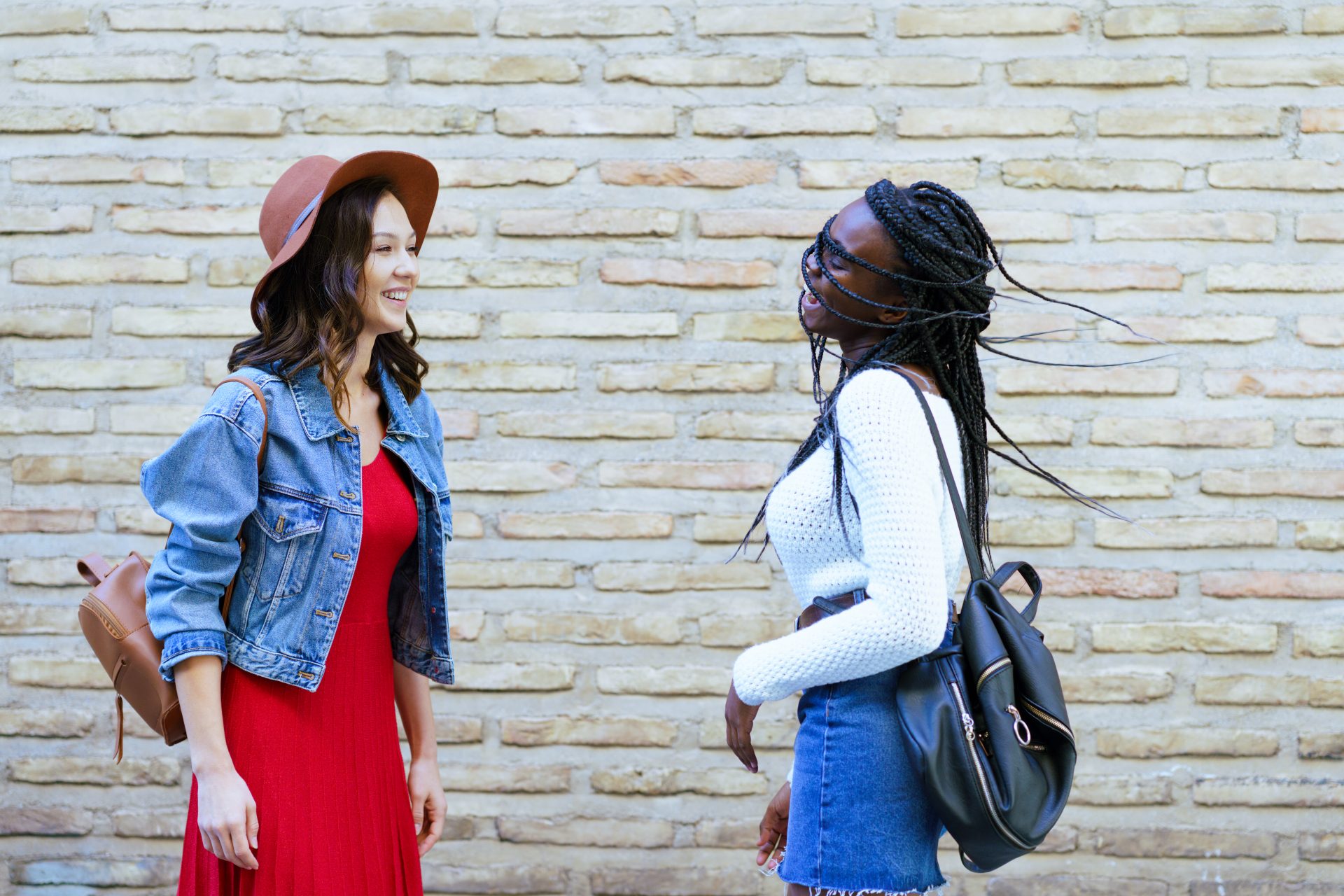
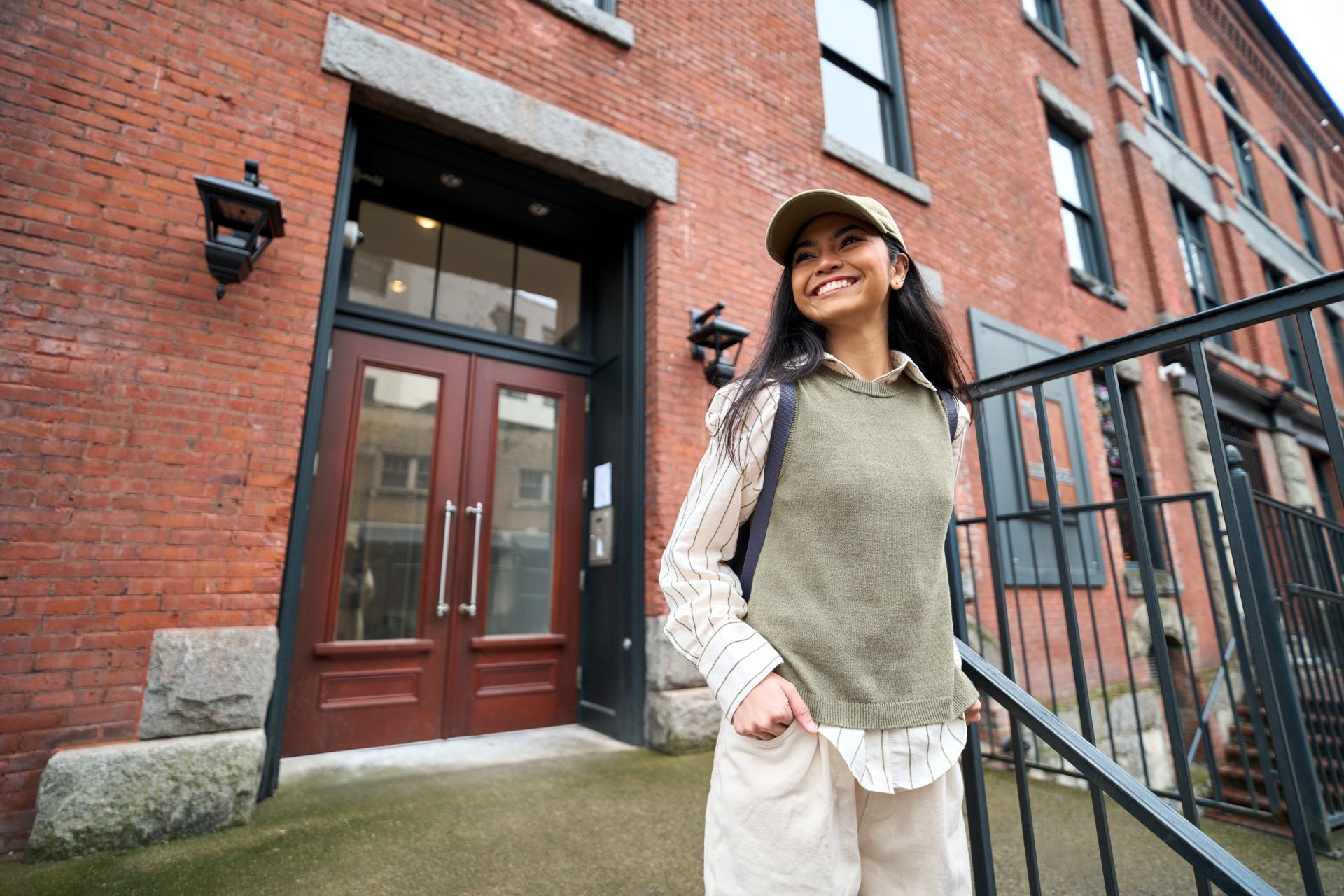


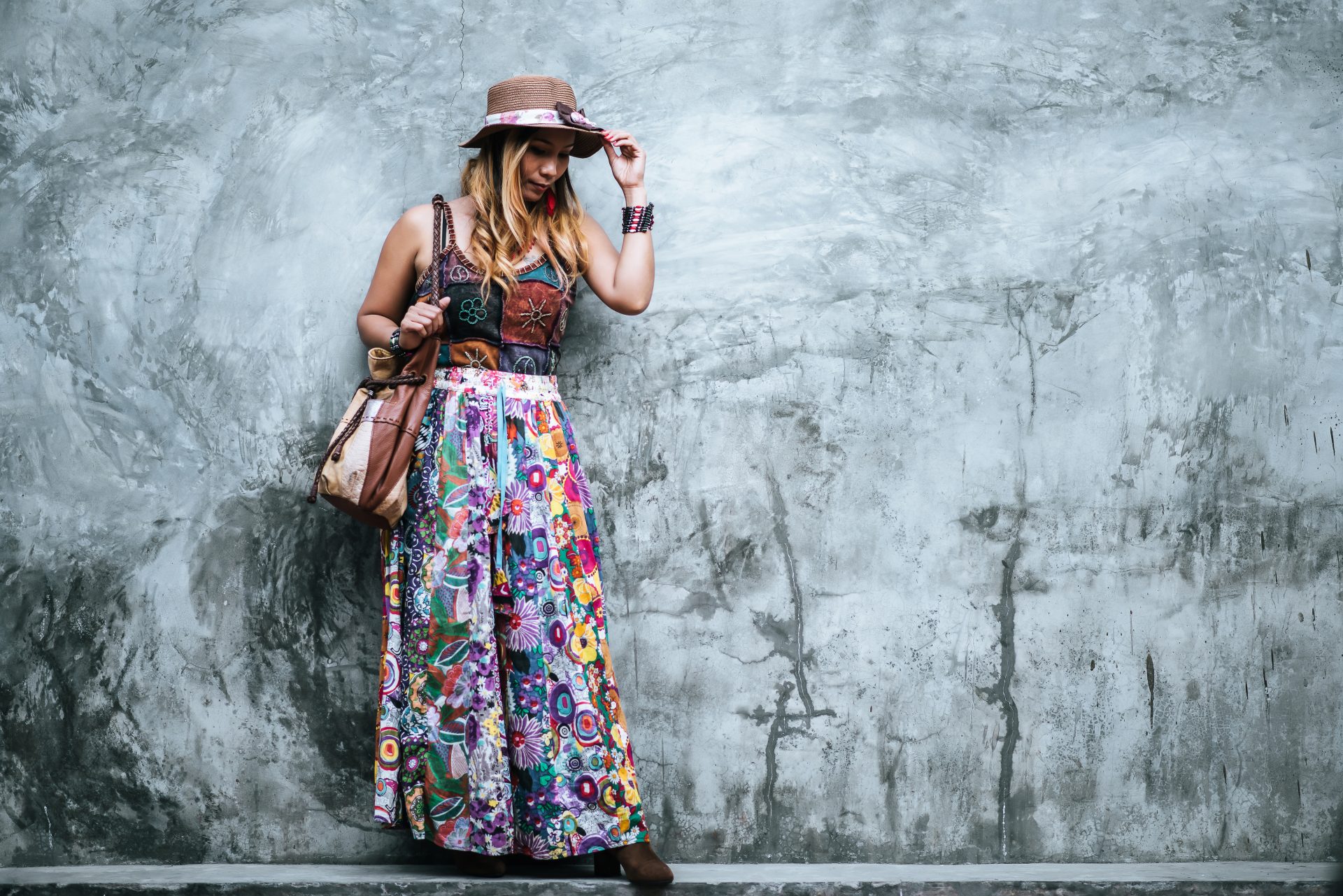

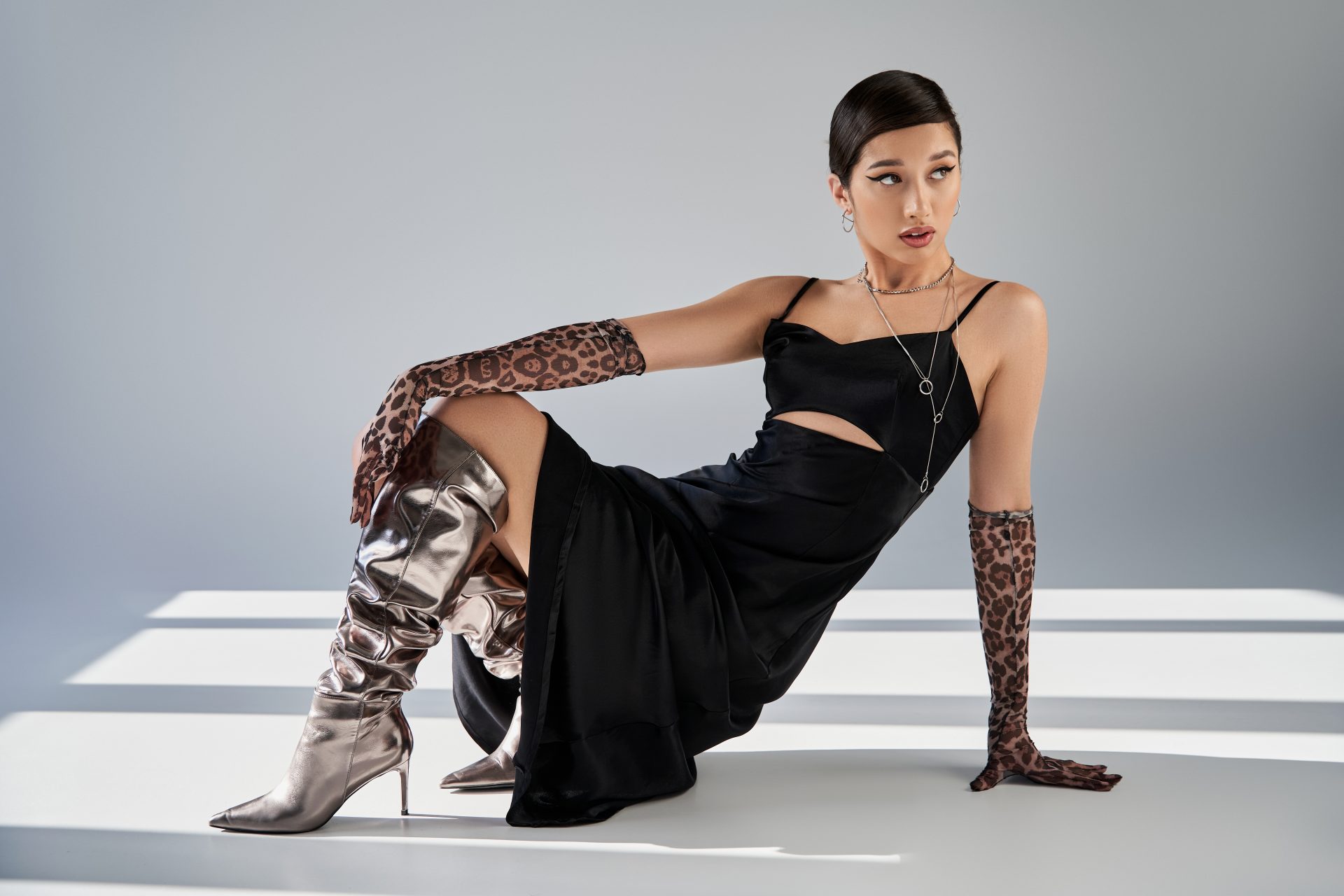

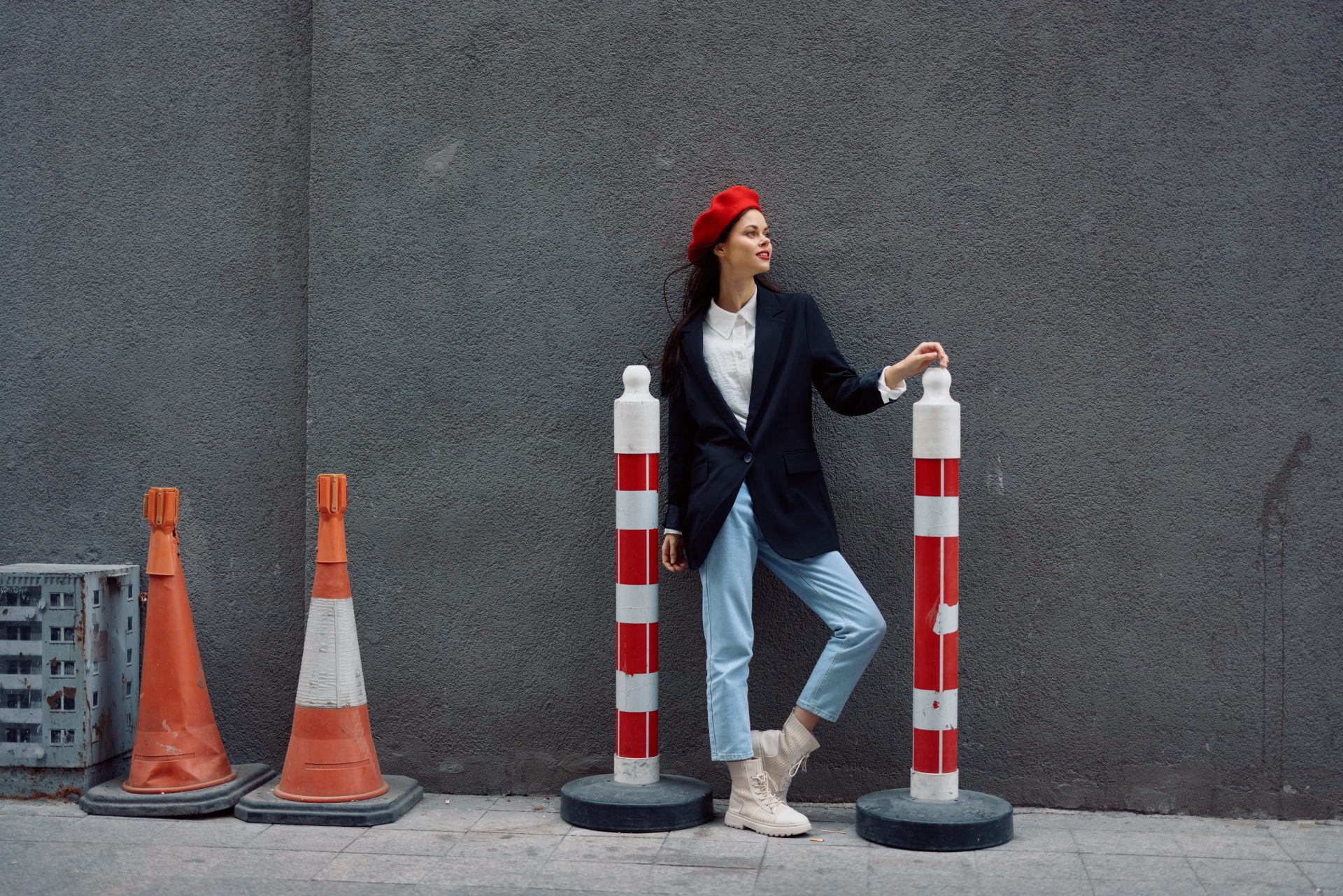


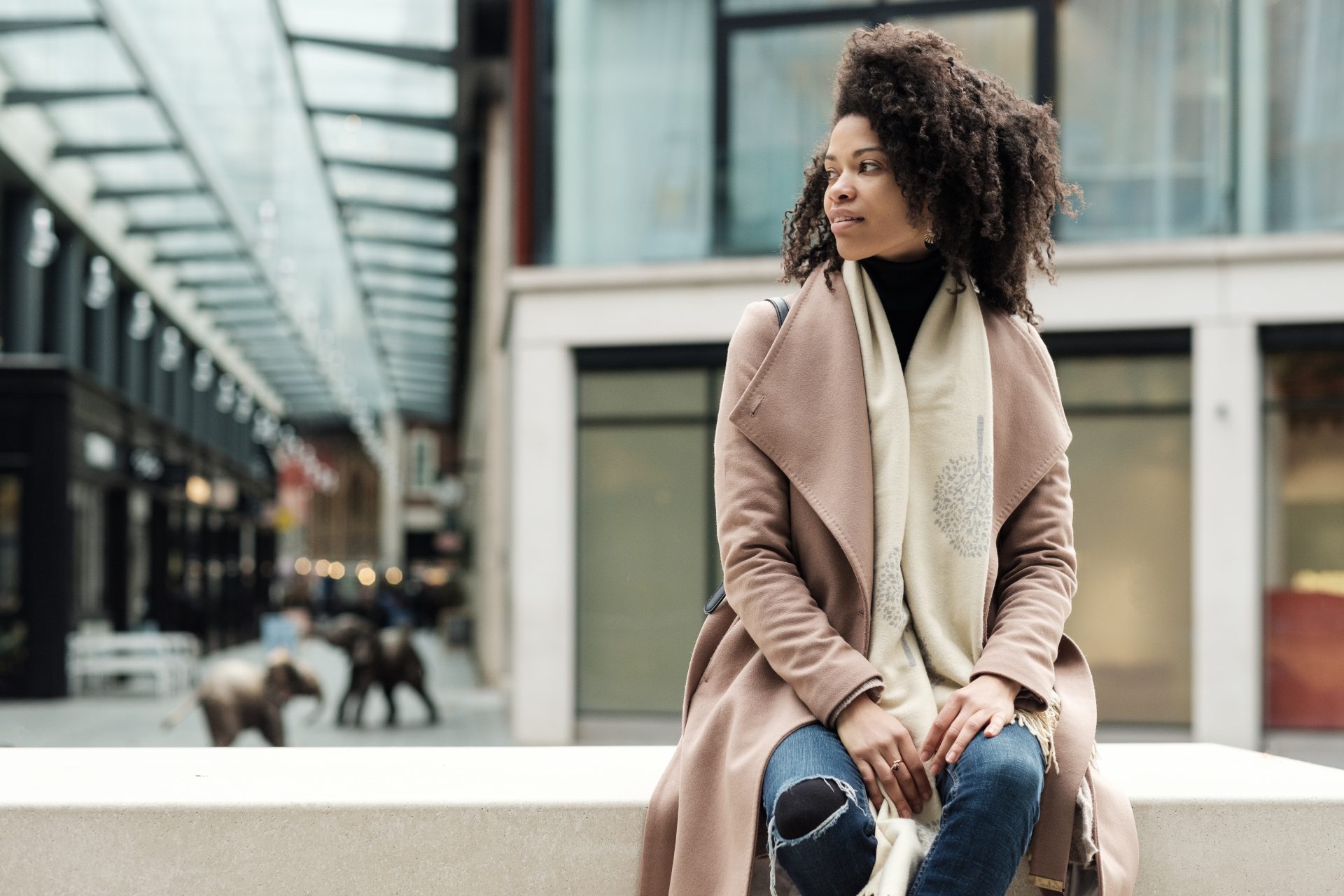

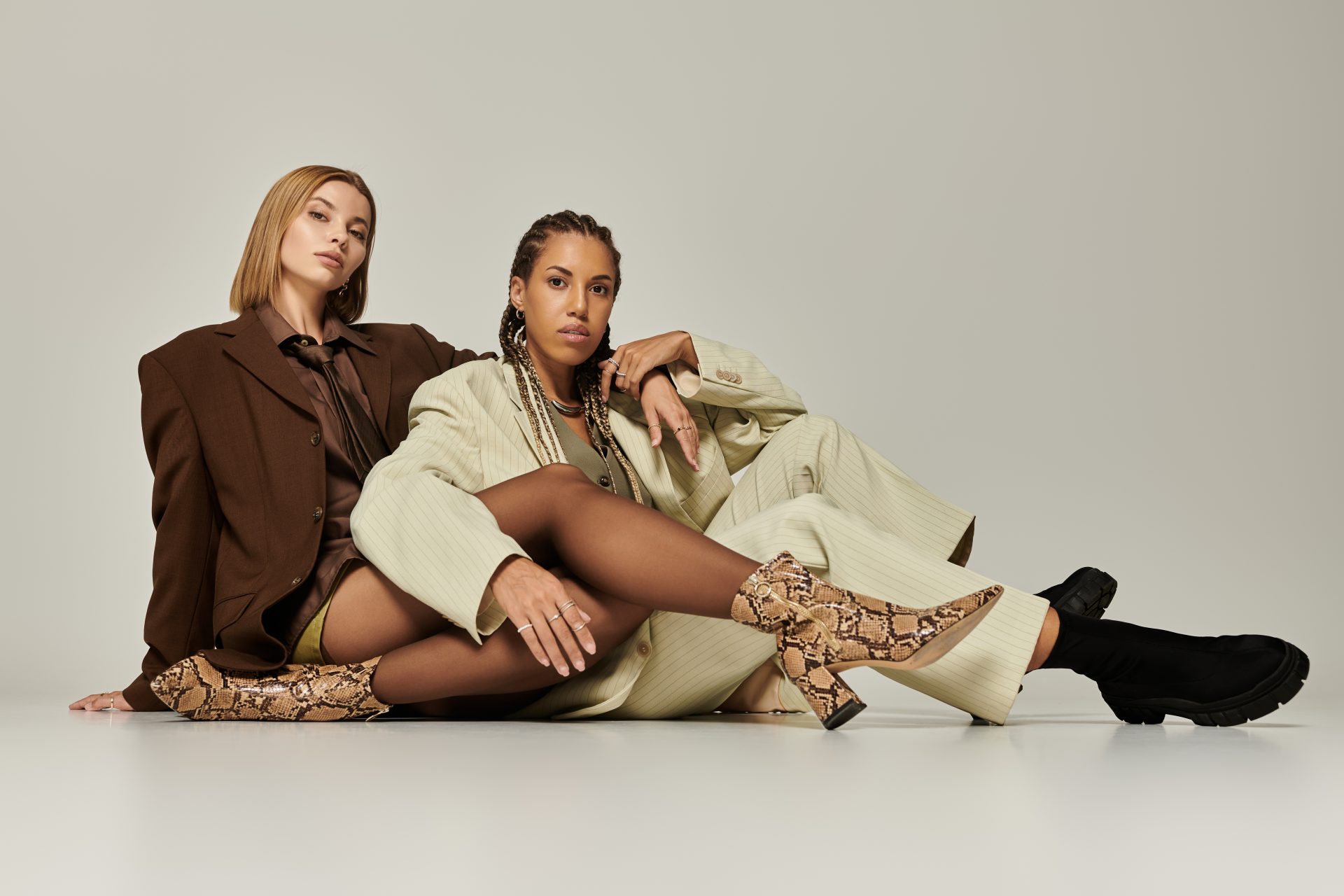
0 Comments